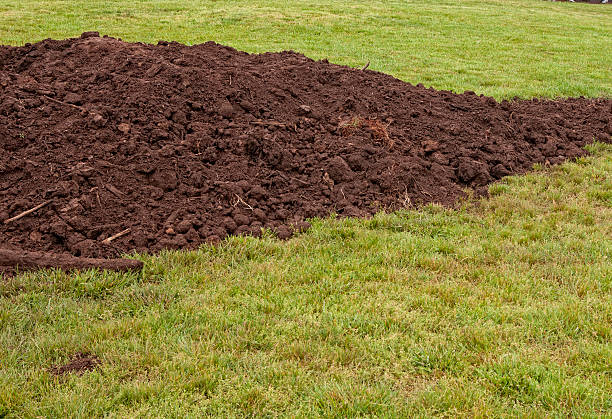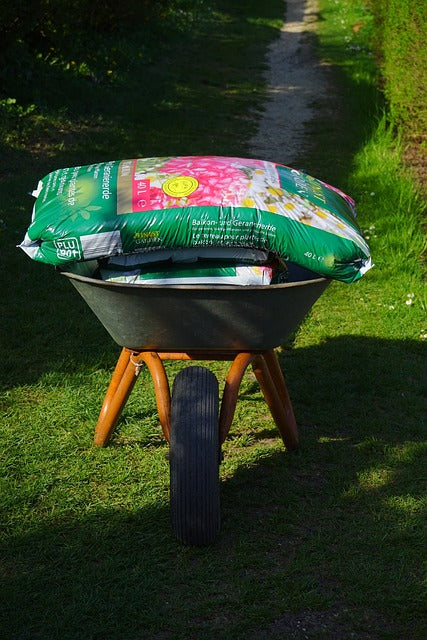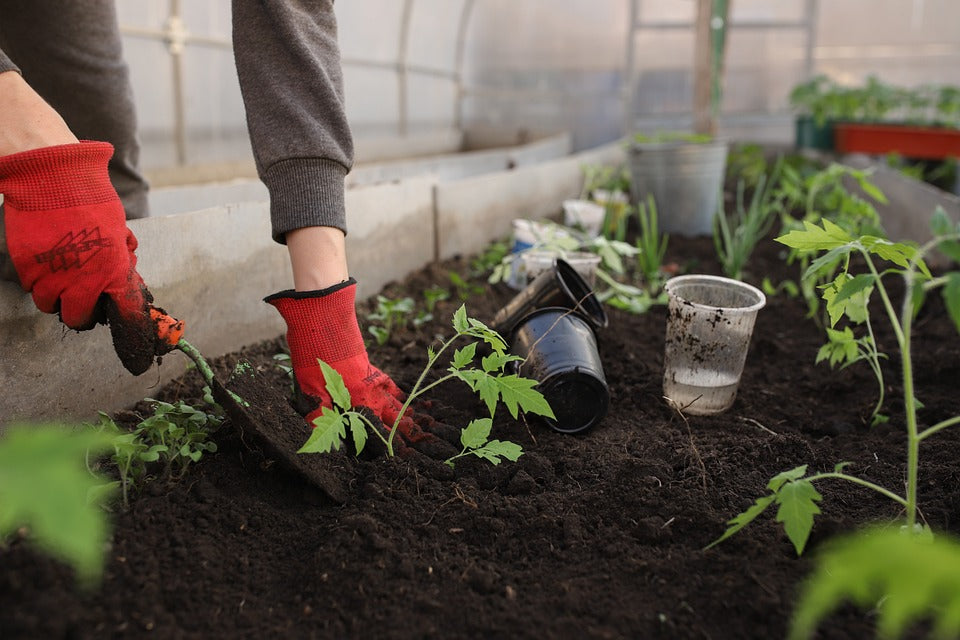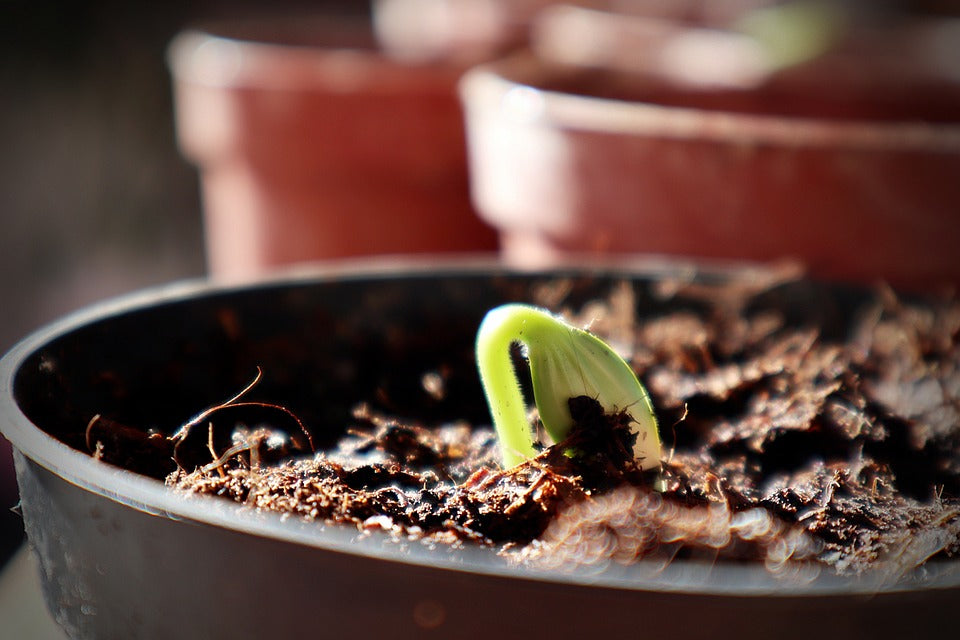
Gardening starts with soil—there’s a popular adage that we’re growing our soil before we grow our plants, and there’s a lot of truth to it. As container gardening and raised bed gardening grow in popularity, finding the right soil has become a popular topic in gardening circles. While these are good conversations to have, there’s a lot of termanology that can be really confusing to new gardeners. So, with them in mind, we’re going to talk about types of garden soil, how to use them, and how to make sense of what you find in the garden store. We’ll be focusing on the types of soil you can buy, rather than the geologic definitions of different kinds of soil in the ground—that’s another blog. So, let’s dig in!
The most common kind of soil you’ll encounter for sale is top soil. Top soil is a very basic kind of soil, and the formulation of commercial top soil will vary widely from manufacturer to manufacturer. Top soil isn’t really intended for growing plants. Mostly it’s designed for landscaping purposes—filling in holes and dips, leveling a lawn, and things like that. Topsoil can be amended to make it suitable for use in raised beds and lawns, and we’ll talk about that in a bit. Topsoil is affordable and widely available, making it a common feature in many garden stores and home improvement places.

Potting soil is designed for growing in containers, but can be used in other ways as well. Potting soil is lighter in texture and density than topsoil, making it easier for roots to grown and for the container to drain. Many potting soils are also pre-enriched with either fertilizer or compost which provide nutrition for your plants. There are dozens if not hundreds of brands of potting soil out there, so it’s important that we read labels carefully and select one with the right amendments and nutritional content for the plants we’re growing.

Garden soil and lawn mix are related soil products that you’ll likely find in many garden stores, home improvement stores, and landscaping supply businesses. These are akin to topsoil, but they’re designed to support plant growth. Garden soils are generally designed to be used with landscaping plants or in-ground garden beds, while lawn mix is intended to grow grass for a rich, full lawn. Both can be amended fairly easily with sphagnum moss and compost to create a good raised bed soil or vegetable garden soil, so bear that in mind. As with all soils, different brands have different amendments added, so read the labels carefully!

Specialty soil mixes are available for specific plant needs. You may see succulent mix or cactus mix for sale, and these soil mixes are designed to support cacti and other plants that like good drainage and relatively dry conditions. Likewise citrus mix is available, with additives and enrichment to help citrus plants of all sizes thrive. There’s also tomato mix, which works well for many people growing tomatoes in containers. Specialty soil mixes can be useful tools for growing some plants, so don’t overlook them if your gardening journey takes you in those directions.

Compost isn’t soil, strictly speaking, but it’s sold in the soil section fo many stores. Compost is where soil begins, as organic matter biodegrades and breaks down into the earth. You can use compost as a soil enrichment, and even make it yourself. There’s a lot to be said about compost, so please click on the links to our previous blogs on the subject for more details.
Soil care depends on what you’re trying to grow, but making good use of fertilizer and compost, aerating the soil, and carefully monitoring soil conditions are good steps for most soil and most plants. This blog is a basic overview, and in the future we’ll be going into greater depth on different kinds of soil and their use. Stay tuned!

Leave a comment